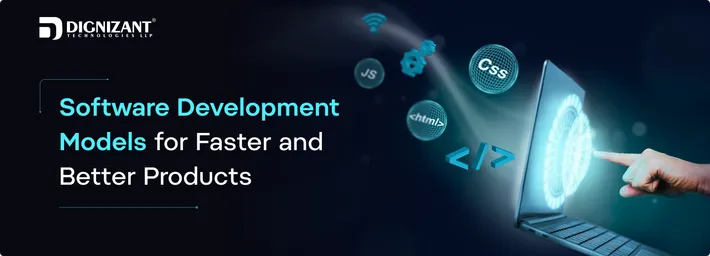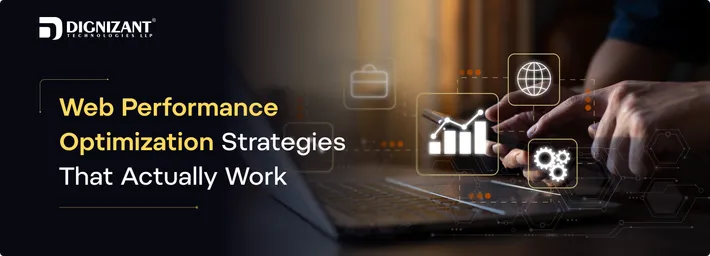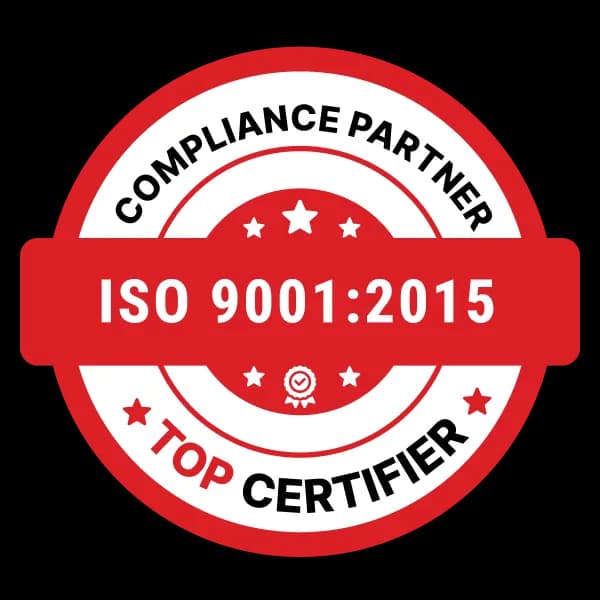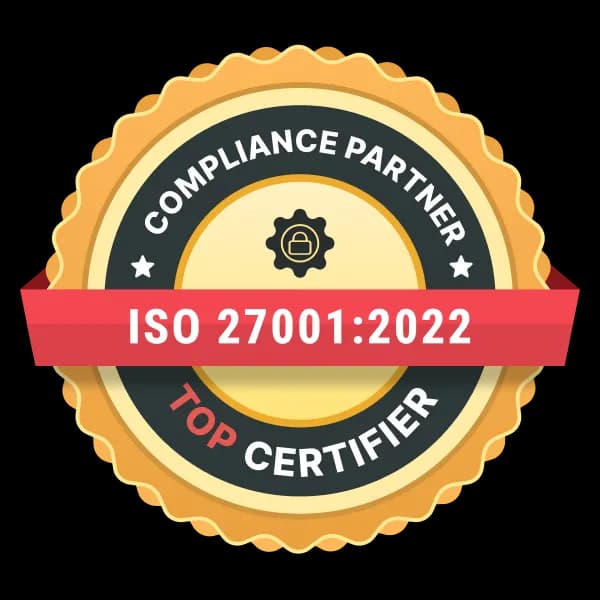Complete Guide to Enterprise Software Development for 2025

Contributor
Arjun Solanki
Uploaded
16 July, 2025
Read Time
6 Minutes
In this modern, hyper-connected world, companies can no longer afford to run on outdated systems or legacy software. Enterprise Software Development is not merely coding and putting it out there, this is a complete digital transformation approach that ensures organizations can improve workflows and boost productivity and future-proof operations. In the age of modern web development (when the web is becoming a gateway for scalable, responsive and cloud-ready enterprise systems), the necessity of secure & intelligent software has been at its peak as we'd be in 2025.
What is Enterprise Software Development?
Enterprise software is this kind of application personalized for the specific requirements of a company. Unlike consumer apps, business software tends to deal with more complex business functions like CRM (customer relations management), ERP ( commerce, production and accounting), HR, inventory management and analytics.
These solutions are typically:
- Scalable and robust
- Highly secure
- Integrated with existing systems
- Supporting business goals and compliance needs
Why Enterprise Software is Crucial in 2025
The digital landscape of 2025 is changing fastly. As remote work becomes normalized, AI-related insights go mainstream and cyber risks rise, businesses need sound digital rails. Here are some of the reasons enterprise software is so important:
Decision Making Based on Data: Organisations depend on smart tools that make use of knowledge gathered from the analysis of big data.
Automation: Programs streamline redundant duties, thereby reducing on time and human error.
Cross-Department Collaboration: Integrated system will allow data flow across HR, Finance, Sales and operations within a single system.
Competitive edge: Custom software allows custom workflows and quicker time to market.
Compliance & Security: Rules are getting stricter, you need software that makes the data secure and traceable.
Key Trends Shaping Enterprise Software Development in 2025
1. AI & Machine Learning Integration
Artificial Intelligence is considered a built-in standard feature of enterprise software now, not a luxury. It drives intelligent automation, smart decision-making and predictive analytics etc. AI increases productivity on a departmental level, ranging from chatbots to fraud detection. Companies use ML models to discover patterns, trends and operate in real-time.
2. Cloud-Native Development
Cloud-native solutions offer unrivaled scalability, flexibility and value. Businesses are moving out of the traditional to the hybrid or multi-cloud. This allows for fast implementation, remote availability and by the way, remains under pressure. 2025 emphasizes cloud agility as the platform for digital change.
3. Low-Code and No-Code Platforms
Low-code and no-code tools are democratizing development. Now business users can create custom apps without breaking out complex code. These platforms accelerate digital transformation while reducing IT workload. They’re ideal for rapid prototyping, internal tools and automation workflows.
4. Cybersecurity-First Architecture
Security is developed into today’s enterprise software from day one. Data encryption, user authentication and zero-trust frameworks are conventional. You also have to automatically comply with GDPR, HIPAA etc. Automatic responses that guard against threat detection also result as a proactive response.
5. Composable Architecture
Monolithic software is giving way to flexible, composable systems in 2025. Businesses now choose modular components that can be updated independently. This approach allows quicker transformation and seamless scalability across apps. It also ensures high adaptability as enterprise needs evolve over time.
The Enterprise Software Development Lifecycle
Developing enterprise software is a strategic and multi stage project. Here’s what an effective journey of development might look like:
Discovery & Requirement Gathering
Determine business objectives, challenges and user requirements through stakeholder interviews. Specify functional and technical requirements in detail. Implement clear project vision and all objectives should be documented.
System Design & Architecture Planning
Design the software layout, selecting between monolithic, micro-services and serverless architecture. Select the tech stack, the data flow and the system integrations. Plan to scale, to perform and to secure from the opening.
UI/UX Design
Creates wireframes and prototypes that emphasize user experience and interface clarity. Check that the design can be used at varying user roles and devices. Validate and adjust user flow to make sure intuitive navigation and user interaction.
Agile Development
Favour an iterative sprint based software development to ensure flexibility and a fast time-to-market. Work together with other teams to provide ongoing developments and feedback. Write beautiful test-driven code, following the best practices.
Integration with Third-Party Systems
Integrate the new software with prevailing ERPs, CRMs and APIs. Make sure that your data is synced and real-time communication. Test each combination to avoid operational disruptions.
Testing & Quality Assurance
Perform functional, security and performance testing to guarantee usability. Address bugs and ensure smooth performance pre-launch. Conduct User Acceptance Testing (UAT) to confirm the real world usability.
Deployment & User Training
Launch your software with cloud or on premise deployment pipelines. Inform staff with workshops, instructions or on-boarding tools. Have post-launch support to transition smoothly.
Maintenance & Continuous Improvement
Consistent after deployment tracking of both performance and security. Launch upgrades, patches and new functions as per the feedback. Evolve the software according to changes of the business and technology.
Must-Have Features in 2025 Enterprise Software
A good enterprise system needs to provide more than just features they should add to the bottom-line. Here is what modern solutions must entail:
Custom Dashboards & Reports: In depth views of your KPIs and metrics.
Automation: Workflows based on triggers that eliminate manual work.
Mobile Access & Notifications: Work from everywhere with instant updates.
Audit Logs: Clear monitoring for compliance and governance.
Scalable & Performance Optimized: Help thousands of users with no downtime.
Challenges in Enterprise Software Development
Despite its benefits, building enterprise-level applications isn’t without hurdles:
Legacy Integration Difficulties
While many companies use obsolete systems for their most important functions. It is technically challenging and risky to integrate up to date software with such systems. This typically necessitates bespoke connectors, middleware or strategic system replacement.
Data Privacy & Compliance
Strict data regulations like GDPR and HIPAA require that sensitive data be treated with security. Compliance requires to be built into the software from inception. Failure to adhere can lead to legal exposure and harm to a firm’s reputation.
Complex Business Requirements
Enterprise tools need to serve various teams and departments. This can result in conflicting requirements, scope creep and feature creep. Clear early goals prevent misunderstandings and delays later.
Adoption Resistance
Workers may not want to adopt new tools because of proficiency with old systems or for fear of change. Lack of training and bad on-boarding can trash productivity. Change and user involvement are critical in transitioning smoothly.
Cost & Timeline Overruns
Large projects frequently suffer from imprecise scope and changing needs. The result is delays, increase of development costs and missed milestones. This is something that can be prevented by good planning, flexible execution and continuous communication.
Conclusion
Enterprise software development in 2025 is more than technology, it’s about creating authentic, meaningful solutions that enable teams, delight users and advance lasting business purposes. Whether you are developing your own CRM, scaling an ERP system or renovating a legacy tool, what it takes to succeed today is innovative and agile user-first design.
As enterprise systems are becoming more and more related to today's web development, companies should use modern, future-proof technologies to take advantage of the versatility, safety and speed that web development technologies can provide. Enterprise software investment is not just a cost but a strategic decision on growth, efficiency and sustainable competitive advantage. Your business runs on its digital infrastructure. Make sure it’s configured to lead what’s next.
Latest Articles

Explore modern software development models that help teams deliver faster, reduce risk, and build high-quality products with clarity and control.

Unsure if Python suits your project? Explore the advantages and disadvantages of Python to see if it’s the right choice for your needs.

A practical guide to web performance optimization strategies that enhance speed, stability, and user satisfaction in real-world scenarios.
FAQs
Ready to Take Your Business to the Next Level?
Unlock new opportunities with expert solutions designed to elevate your brand. From strategy to execution, we empower your business with the tools, technology and talent it needs to thrive in today’s digital world.




